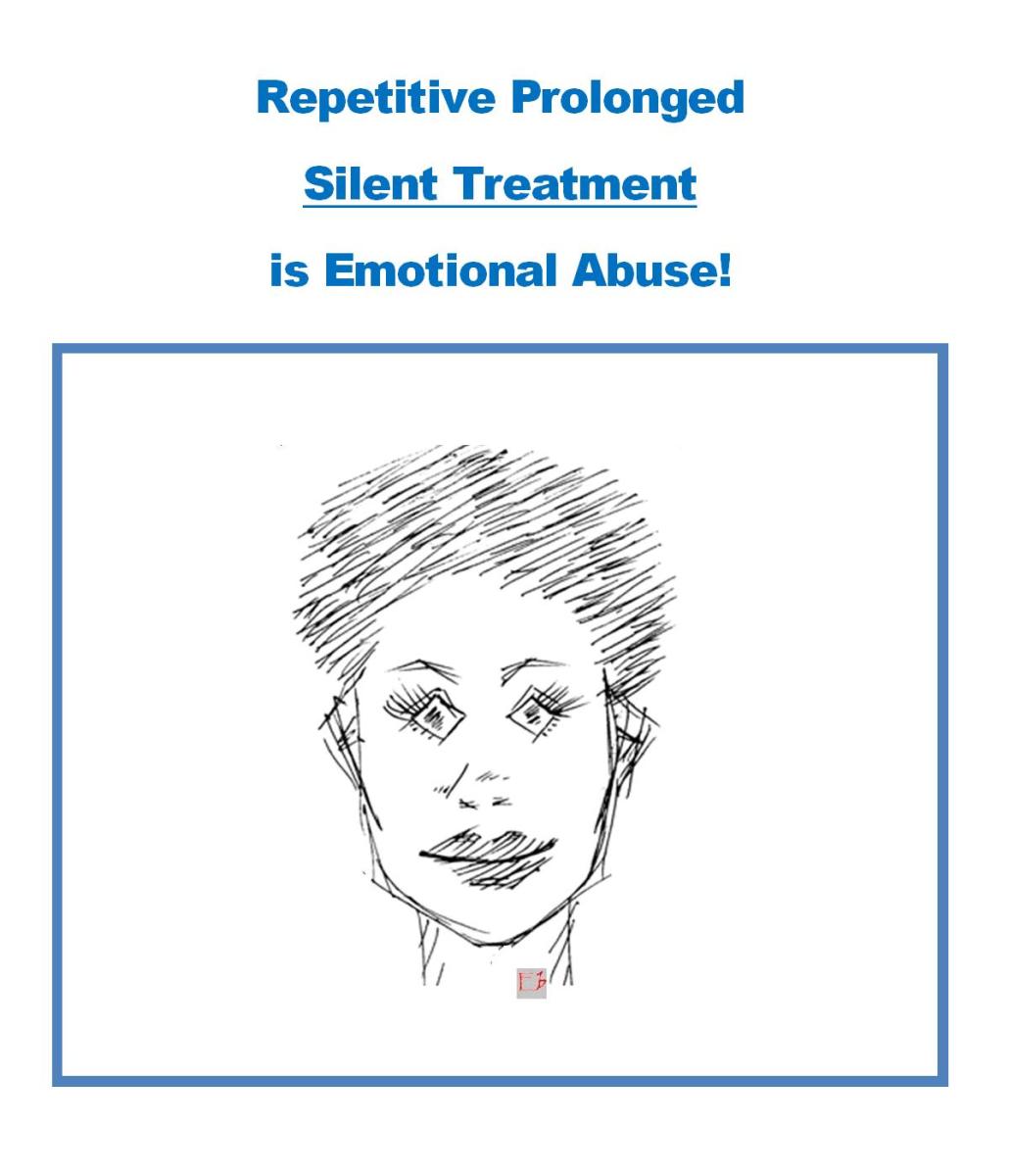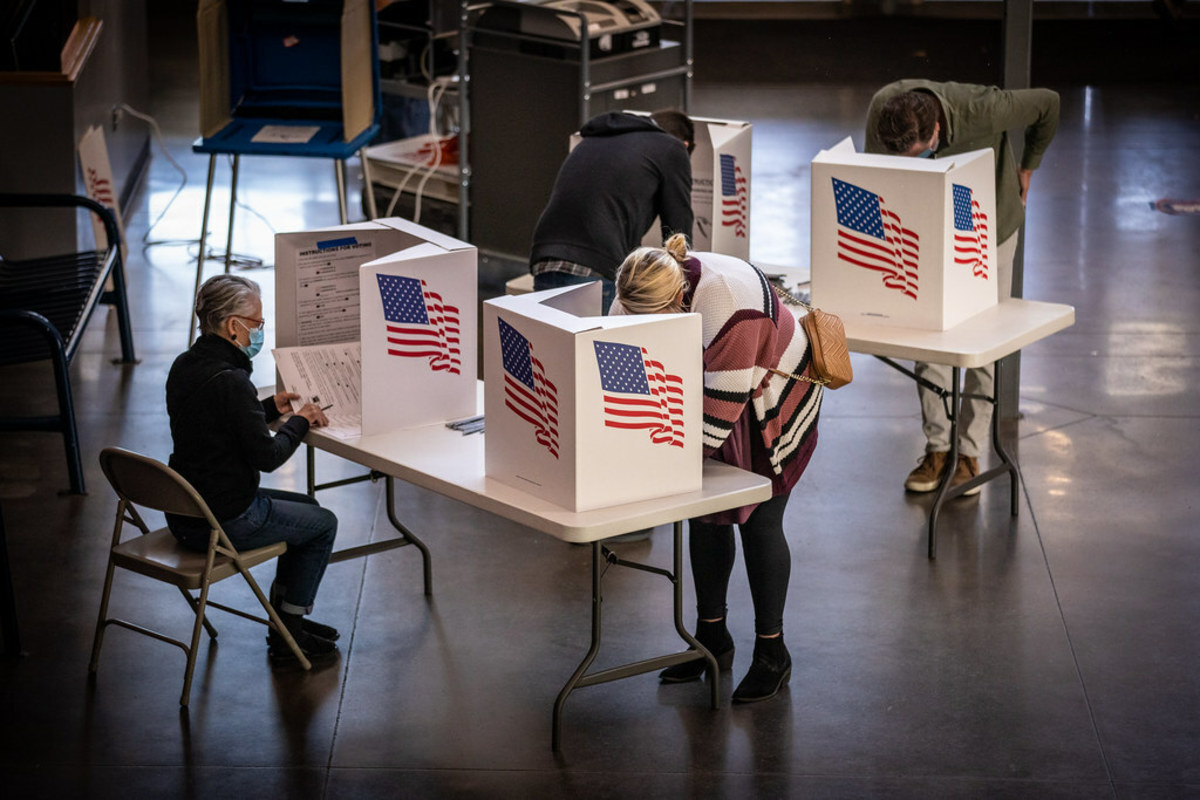Intellectual Activism: Family Violence & Child Abuse Statistics, Facts & Resources
In this hub I have included many of the random statistics I have come across over the last year. All have references cited. The pictures are not mine, and no copyright breach is intended, but the pictures are easily found on the web anyway. Feel free to share and/or use stats in your own blogs. One drop raises the ocean...
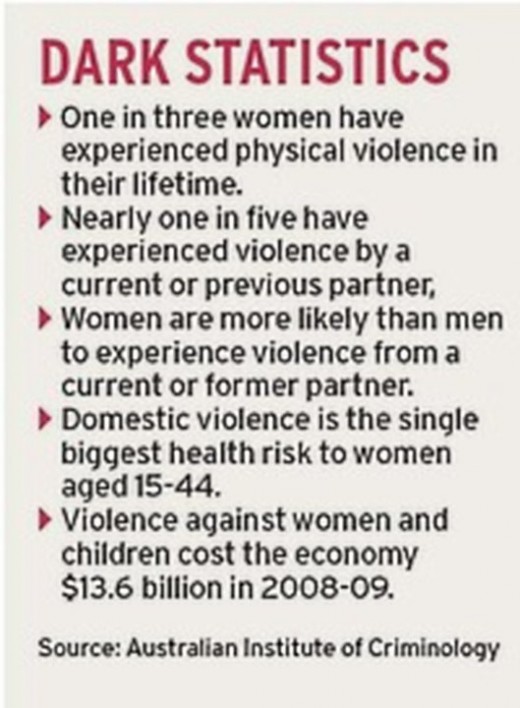


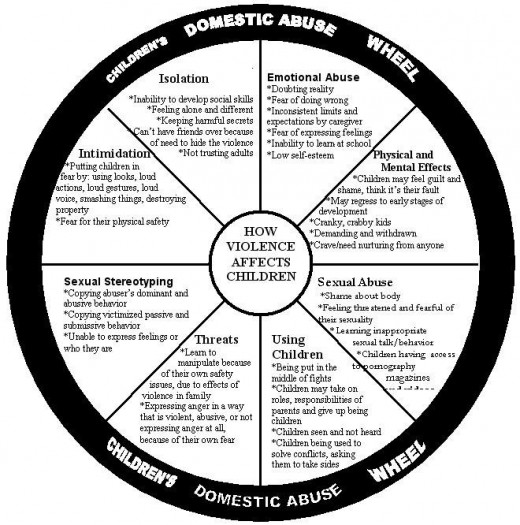
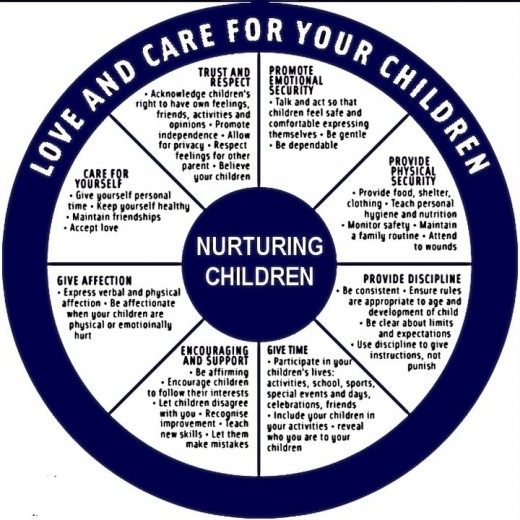
Between 1989 and 1994 about 12,000 items of child pornography were seized in Australia. Last year (2010), in just one case alone, police seized 729,000 child pornography images and 2700 movie files.


Some statistics on Abuse
- A survey of 130 abused parents found that 76% of the 148 children ordered by the courts to have contact with their estranged parent were said to have been abused during visits: 10% were sexually abused; 15% were physically assaulted; 26% were abducted or involved in an abduction attempt: 36% were neglected during contact, and 62% suffered emotional harm. Most of these children were under the age of 5 (Radford, Sayer & AMICA, 1999.)
- Further more: 70% of children living in UK refuges have been abused by their father.(Bowker et al., 1998)
- 79% of women leave their violent partner because the abuse is affecting their children or they fear for their children's lives. - Humphreys and Thiara (2002)
- A study of 200 women’s experiences of domestic violence commissioned by Women’s Aid, found that 60% of the women had left because they feared that they or their children would be killed by the perpetrator. (Humphreys & Thiara, 2002).
- In the same study, 76% of separated women suffered post-separation violence. Of these women:
- - 76% were subjected to continued verbal and emotional abuse;
- - 41% were subjected to serious threats towards themselves or their children;
- - 23% were subjected to physical violence;
- - 6% were subjected to sexual violence;
- - 36% stated that this violence was ongoing.
- In addition to this, more than half of those with post-separation child
contact arrangements with an abusive ex-partner continued to have
serious, ongoing problems with this contact (Humphreys and Thiara,
2002) - MYTH: Children are not being placed at risk by court ordered contact FACT: A recent report stated that there are 'serious concerns that contact is being inappropriately ordered in cases where there are established risks' (Hunt and Roberts Child contact with non-resident parents 2004 )
- 42% of all female homicide victims, compared with 4% of male homicide victims, were killed by current or former partners in England and Wales in the year 2000/01. This equates to 102 women, an average of 2 women each week (Home Office, 2001...).
- Between 50% and 60% of women mental health service users have experienced domestic violence, and up to 20% will be experiencing current abuse. (Department of Health, 2003; Bowstead, Janet, 2000; ReSisters, 2002).
- From April 2000 to June 2001 there were 30,314 offenses under the Protection from Harassment Act 1997 in London alone (Metropolitan Police Service).
- A study carried out by the Home Office found that more than a third (41%) of cases brought to the courts under the Protection from Harassment Act 1997, the suspect had previously had an intimate relationship with the complainant. 33% of the suspects were ex-partners, 4% were relatives, 1% a current partner and 4% were friends. In situations where the suspect previously or currently had an intimate relationship with the victim, 94% of the suspects were men (Home Office Research Study 203, 2000).
Relationship to perpetrator:
- Around two-thirds (66%) of men physically assaulted during the last 12 months said that the perpetrator was a stranger.
- In contrast, women were less likely to be physically assaulted by a stranger (22%) than by someone they knew (82%).
- Almost a third (31%) of women physically assaulted said that the perpetrator was a current or previous partner, and 37% reported their attacker as being a family member or friend (see Australian Social Trends 2007, Women's experience of partner violence).
- Women were also most likely to be sexually assaulted by someone known to them (89%), with 29% of those sexually assaulted reporting that the perpetrator was a current or previous partner, and 39% a family member or friend."
- False allegations of violence and abuse are far less common than false denials of their perpetration (Jaffe et al., 2008).
- In a 1990 study by Thoennes and Tjaden, 9,000 divorces in 12 US states were studied. It was found that sexual abuse allegations were made in less than 2 percent of the contested divorces involving child custody. Out of that two percent, only 5%-8% were determined to be false.
- Between 1998 & 2002 in the US, 50% of offenders in state prison for spousal abuse had killed their victims. Wives were more likely than husbands to be killed by their spouses: wives were about half of all spouses in the population in 2002, but 81% of all persons killed by their spouse (U.S. Department of Justice, 2002).
- Between 1998 & 2002 in the US, males were 83% of spouse murderers and 75% of dating partner murderers (U.S. Department of Justice, 2002).
- Between 1998 & 2002 in the US, 84% of spouse abuse victims were females, and 86% of victims of dating partner abuse at were female. (U.S. Department of Justice, 2002)
- Out of 5000 young people interviewed (aged 12-20 years of age), 37% of males and 12% of females agreed with the statement “men should take control in relationships and be the head of the household”. [National Crime Prevention (2000) study -Young People and Domestic Violence]
- Out of 5000 young people interviewed (aged 12-20 years of age), 1 in 20 considered forcing a partner to have sex, throwing things like plates at each other and regular slapping or punching to be part of “normal conflict” rather than “domestic violence”. [National Crime Prevention (2000) study -Young People and Domestic Violence]
- An overwhelming majority of domestic violence victims in heterosexual relationships are women.
* 90 - 95% of domestic violence victims are women.
* As many as 95% of domestic violence perpetrators are male. [Bureau of Justice Statistics Selected Findings: Violence Between Intimates (NCJ-149259), November 1994.] - Experts estimate that up to 70% of serial abusers (repeat offenders) are psychopathic. The scary thing is that they arrived at this figure because studies show that up to 70% of serial abusers fool professionals into believing that they are innocent, and/or in fact the victim instead of the perpetrator.
- In Australia males outnumber females 76% : 24% as killers of children. The largest number of children, 35% (n43), died as a consequence of a family dispute, usually relating to the termination of their parents' relationship and men were the offenders in all these incidents [Strang, H. (1996) 'Children as Victims of Homicide' in Trends and Issues in Crime and Criminal Justice. No 53].
- The Day to Count census research on 28 September 2000 found that 81% of reported domestic violence cases, were of female victims attacked by male perpetrators; 8% were male victims attacked by female perpetrators; 4% were female victims attacked by female perpetrators and 7% were male victims attacked by male perpetrators (Stanko, 2000).
Links to more information
- How To Do Your Bit To Help Save Abused Children From Dangerous Family Laws
I feel we all have a duty of care to these children, and I plead with you all to make their cases heard. Our children cannot speak for themselves! Remember that one drop raises the ocean! I have include links to many resources where you can find more - My Story - Family Court, Shared Parenting Laws & Child Protection
An Insight into a Mother's Reality...They asked me to promise to keep them safe, and promise I did, Here is my story... I feel we all have a duty of care to these children, and I plead with you all to make their cases heard. Our children cannot speak - The "Fathers Rights" Movement: How to Legally Stalk, Harass, and Intimidate Victims of Domestic Viol
- Shared care an unintended consequence |
Australian Family Magazine - Crazy Making Emotional Abuse, Domestic Violence & Complex Post Traumatic Stress Disorder
In This Hub: Emotional, Mental & Psychological Abuse - Killing With Words; Signs of Domestic Violence & Emotional Abuse Tactics; Why Domestic Violence is Often Overlooked; Violence, Power & Control Wheel; Non-violence & Equality Wheel - Emotional Abuse & The Power of the Perpetrator
Signs of domestic violence. Violence, Power & Control Wheel. Non-violence & Equality wheel. Emotional abuse can be just as harmful and even fatal. Severe emotional, mental and/or psychological abuse has been compared to torture, and in some c - Child Sexual Abuse & Parental Alienation Syndrome Allegations (Forensics Talk)
A forensic nurse shares her training & experience, and Medical-legal news & commentary about general forensics, forensic nursing, criminal profiling, criminal & civil investigations, assault & abuse, fraud & posts on protecting yo - National Network to End Domestic Violence | Parental Alienation Syndrome Misused in Child Custody Ca
The National Network to End Domestic Violence (NNEDV) is a membership and advocacy organization representing the 54 state and U.S. territory domestic violence coalitions. NNEDV is the voice of these coalitions, their more than 2,000 local domestic vi - National Council for Children Post-Separation | Home
- Child Experts Outraged over Decision to force Children to spend time with Sex Offender Father
- Perpetrators Perfecting the Fine Art of Institutional Grooming
- Australian Shared Parenting Law Debate
- Call for Statutory Training for all Judges and Magistrates in Australian Family Courts
- Child Sexual Abuse & Parental Alienation Syndrome Allegations (Forensics Talk)
- Psychopaths Among Us - Profile of a Successful Psychopath
Mum there's a monster in your bedroom! - Complex post traumatic stress disorder
- Why Abusers Get Away With Claiming Parental Alienation
- National Network to End Domestic Violence |
Parental Alienation Syndrome Misused in Child Custody Cases - QLD Psychologists Attack Parental Alienation (Syndrome) (PAS)
- Parental Alienation Syndrome is being allegated by abusers who are in fact the alienators!
- Family Law | Kids In Distress Australia Inc

Please join me on FaceBook
- STOP the Violence Against Women & Children
Organize to Resist! Together we can take on the Predators! Let's Break the Silence to End the Violence by working together to make our voices a Resounding SHOUT!!! Perpetrators BEWARE - you don't stand a chance!
Please Note:
All names in this article have been changed for legal purposes and to protect the privacy of the Author. Except where otherwise credited, or where text forms part of an external link, this article is under the following copyright:
Copyright © 2010 Mel Stewart, "safe-at-last", of Perth, Western Australia. All rights reserved.
All persons, places and objects shown in the images in this hub are are shown for illustrative purposes only. They bear no relation to any real person or event. All persons shown are paid models. Unless otherwise credited, all images are under the following copyright:
Copyright © 2010 Mel Stewart, "safe-at-last" and Licensors Nodtronics Pty Ltd. All rights reserved.





